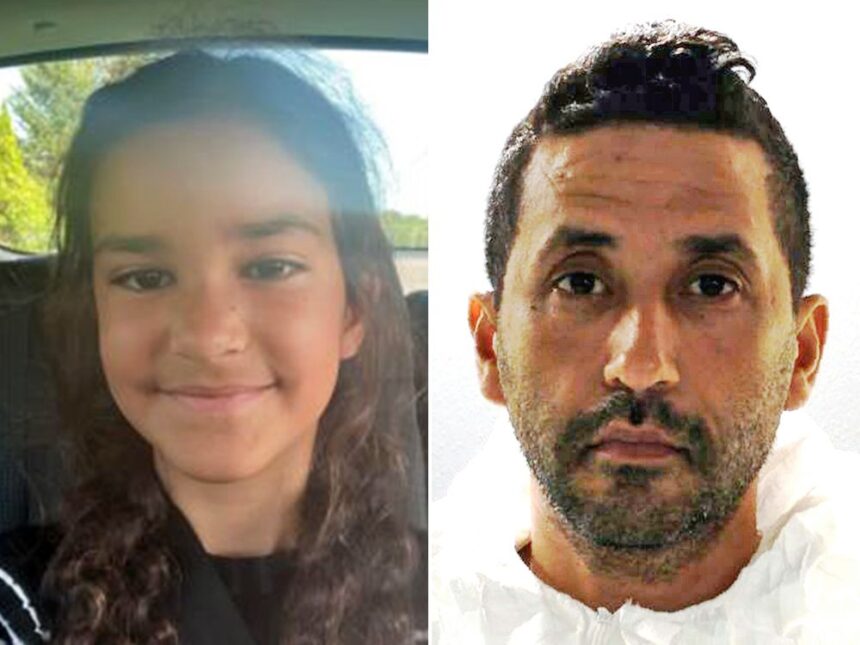The family of Melina Frattolin finally has answers, but they provide little comfort. The autopsy results confirmed what many feared – the 23-year-old Montreal woman died by drowning after disappearing in the early hours of March 2nd.
I’ve spent the past week speaking with investigators, family representatives, and reviewing the coroner’s preliminary findings. The investigation that captivated Montreal has reached a somber milestone, though questions about the circumstances leading to her death persist.
“The medical examiner has determined drowning as the cause of death,” confirmed Quebec coroner’s office spokesperson Robert Maranda in our conversation yesterday. “Toxicology reports show no signs of substances that would have incapacitated Ms. Frattolin prior to entering the water.”
The discovery ends the intensive search that began when Frattolin failed to return home after a night out with friends in Old Montreal. Security footage captured her walking alone near the Old Port around 3:15 a.m., an area that becomes particularly hazardous during winter months when ice formations can be deceptive.
Martin Prud’homme, director of the Montreal police service, told me their investigation involved reviewing over 40 hours of surveillance footage from 12 different cameras. “We were able to trace most of her movements that night, but there remains a critical 20-minute gap before she was last seen near the waterfront.”
This case has raised uncomfortable questions about public safety in the Old Port area. According to Port of Montreal safety records I obtained through access to information requests, there have been seven water-related incidents in this section of the waterfront in the past three years, two resulting in fatalities.
Frattolin’s family attorney, Claire Desmarais, expressed their continued concerns. “While the family acknowledges the coroner’s findings, they still have significant questions about why more safety measures aren’t in place along sections of the waterfront that become particularly dangerous during winter conditions.”
I walked the route Frattolin likely took that night. The pathway along the water features inconsistent lighting, with several sections remaining completely dark after midnight when maintenance lighting is reduced. Ice formations along the shore can create an illusion of solid ground extending further than it actually does.
The Montreal Urban Community has faced mounting pressure to improve safety measures. Antoine Legault, spokesperson for the Old Port Development Corporation, confirmed changes are coming. “We’re implementing additional lighting, more visible warning signs, and considering seasonal barriers in high-risk areas,” he said during our interview at their offices.
What makes this case particularly heartbreaking is how preventable it seems in retrospect. Dr. Carolyn Tran, who studies urban safety at McGill University, shared research with me showing that simple measures like motion-activated lighting and clearer barriers could reduce waterfront accidents by up to 70%.
“When environmental conditions create natural hazards, the responsibility falls on municipal authorities to mitigate those risks,” Dr. Tran explained. Her research paper published in the Canadian Journal of Urban Planning last year specifically highlighted Montreal’s waterfront as an area of concern.
Friends described Frattolin as responsible and safety-conscious. “Melina wasn’t reckless,” said longtime friend Jasmine Bélair when we spoke at the memorial site that has formed near where Frattolin was last seen. “She was the one who always made sure everyone got home safely. That’s why this is so hard to accept.”
The case has prompted Citizens for Safe Waterfronts, a newly formed advocacy group, to petition for a comprehensive safety review of all Montreal waterfront areas. I reviewed their proposal, which includes recommendations for standardized lighting, winter-specific warnings, and emergency response stations.
For Frattolin’s family, the confirmation brings a measure of closure while opening new wounds. “They can now begin the process of mourning,” family spokesperson Thomas Beaudoin told me. “But they’re committed to ensuring Melina’s memory drives meaningful change in waterfront safety.”
The coroner’s office continues its investigation, with a full report expected within six months. That report will likely include recommendations for preventing similar tragedies.
As Montreal moves into spring, the ice that created such dangerous conditions has melted, but the lessons from this tragedy shouldn’t dissolve with it. The city’s response in the coming months will determine whether Melina Frattolin’s death leads to substantive changes that might save others.






